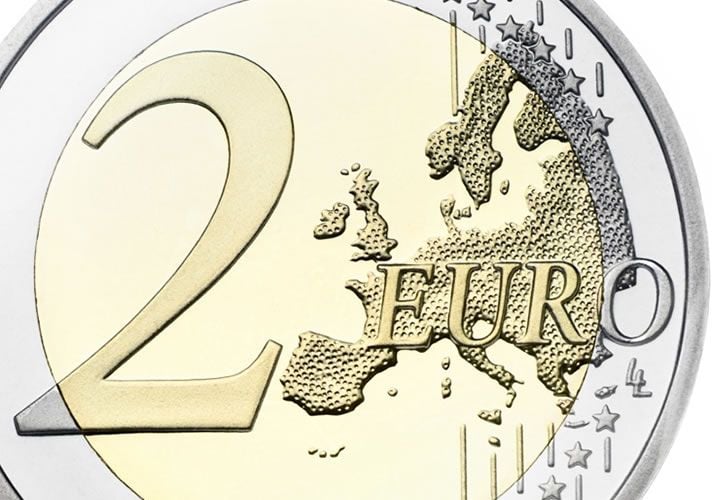EUR/USD Strongly Supported Heading into Final Plays of May

The Euro continues its rally against the US Dollar despite signs the exchange rate may be overvalued.
The rally has been backed by a strengthening Euro and simultaneously weakening Dollar which has seen the exchange rate push higher from 1.04 in March to the present levels above 1.12.
From a technical perspective, the strong momentum on the recent rally has pushed the MACD and RSI momentum indicators into overbought zones, which would normally put bulls off continuing to buy, however, this does not appear to be the case this time.
“Momentum remains strongly configured and it would appear that the bulls are increasingly comfortable with the RSI stretched over 70 now,” said Richard Perry at Hantec Markets. “Intraday corrections continue to be seen as a chance to buy, with any moves to unwind the positive momentum being leapt upon by the bulls."
We expect the relentless pressure higher to push the exchange rate up towards resistance from the major trendline at 1.1400.
Given the overbought nature of the rally, however, we would ideally wish to see a break above the 1.1268 highs before confirming more upside.
Such a move would be likely to take the exchange rate up to 1.1400. Downside may be capped by support from the R2 monthly pivot at the current market level of 1.1185
Downside may be capped by support from the R2 monthly pivot at the current market level of 1.1185, and would be a major obstacle to further weakness for the pair.

Win-win for The Euro
From a fundamental perspective, the Euro is in a strong position due to a combination of the current increasingly risk averse market atmosphere and expectations that the European Central Bank (ECB) are becoming more comfortable with the possibility of normalizing monetary policy.
The region is not in a crisis anymore and the possibility of higher interest rates will support the Euro going forward.
On the other hand, if this is not the case and the ECB retrenches the Euro can still benefit when global risk appetite turns sour.
This is because the Euro rises during periods of crisis because it is a popular funding currency, precisely because of its low borrowing rates.
Investors who have borrowed cheaply in Euros, in order to buy riskier assets outside of the Eurozone, panic during periods of market risk aversion, sell their risky assets and repatriate their Euros, thus increasing the demand and value of the Euro in the process.




